Super Smash Bros. Ultimate: The Best Fighters for Beginners and Experts
From Mario to Cloud, here are the best characters to use in Super Smash Bros. Ultimate
Super Smash Bros. Ultimate's massive roster is enough to make even series veterans a little spoiled for choice. Depending on your experience with past Smash Bros. titles, you may find certain characters harder or easier to use.
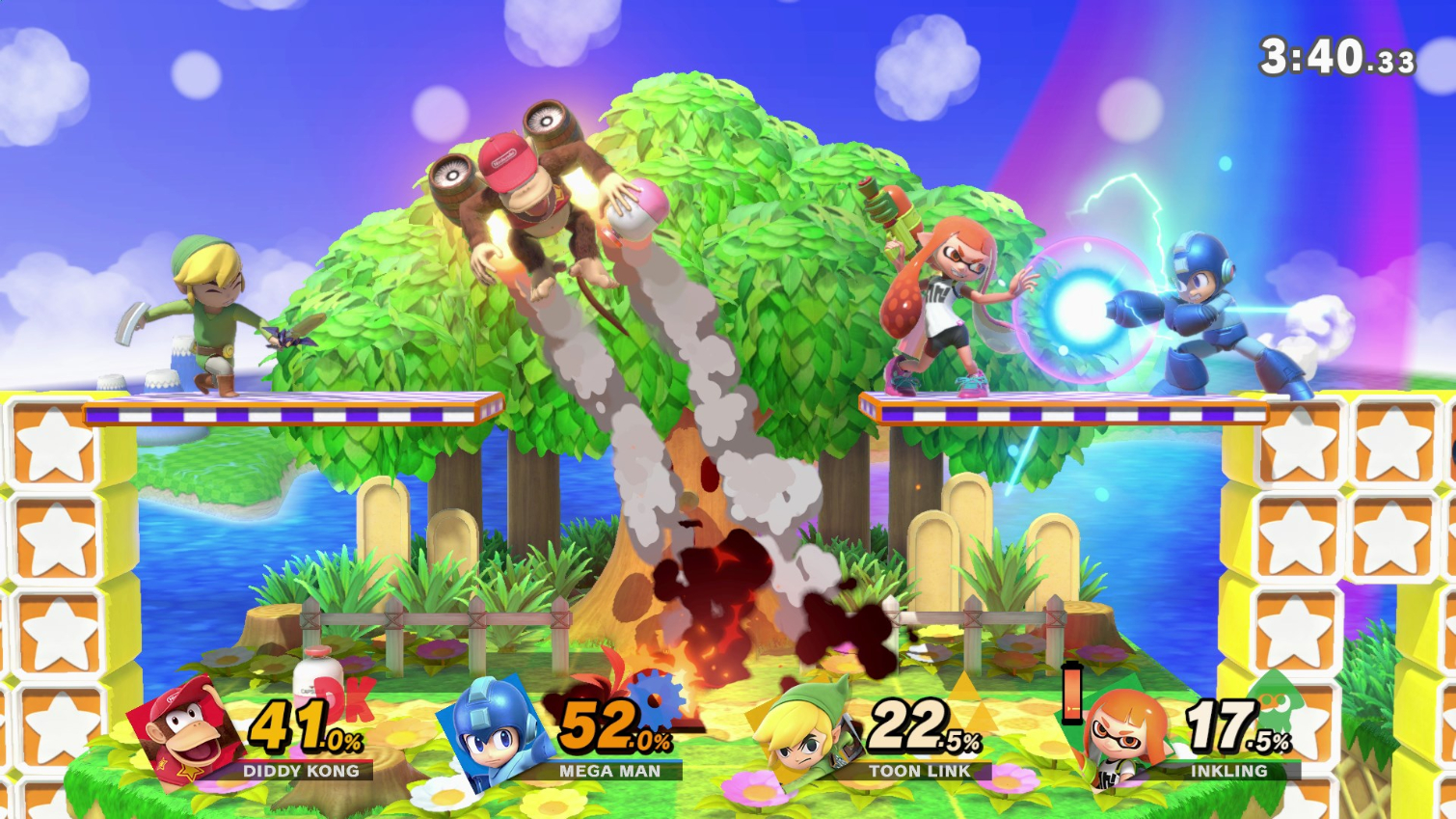
When you first boot up the game, you’ll only have eight characters to choose from. To get access to the other 66, you’ll need to unlock them (check out our unlocking guide for tips on getting your hands on the full roster). The starting roster includes fighters geared toward both Smash beginners and people with a little more experience under their belts. The full roster includes a wide array of very simple and fun fighters, as well as very complex ones that rely on high risk-reward.
If you need some suggestions on which fighters to try out, scroll down to your experience level with the series and see who’s best for you.
Super Smash Bros. Basics
If you’re just getting into Smash Bros., the first thing you should know is that this is not a typical fighting game. The goal isn’t to reduce the other player’s health bars with attacks, it’s to launch them off of the stage and off of the screen to score points.
Each hit you land will increase the other fighter’s damage number, which means they’ll fly further the next time they get hit. To avoid the same fate, you can (when using two JoyCon controllers) press the ZL or ZR trigger button to block with a temporary shield. Press either trigger and left or right on the control stick to roll out of the way.
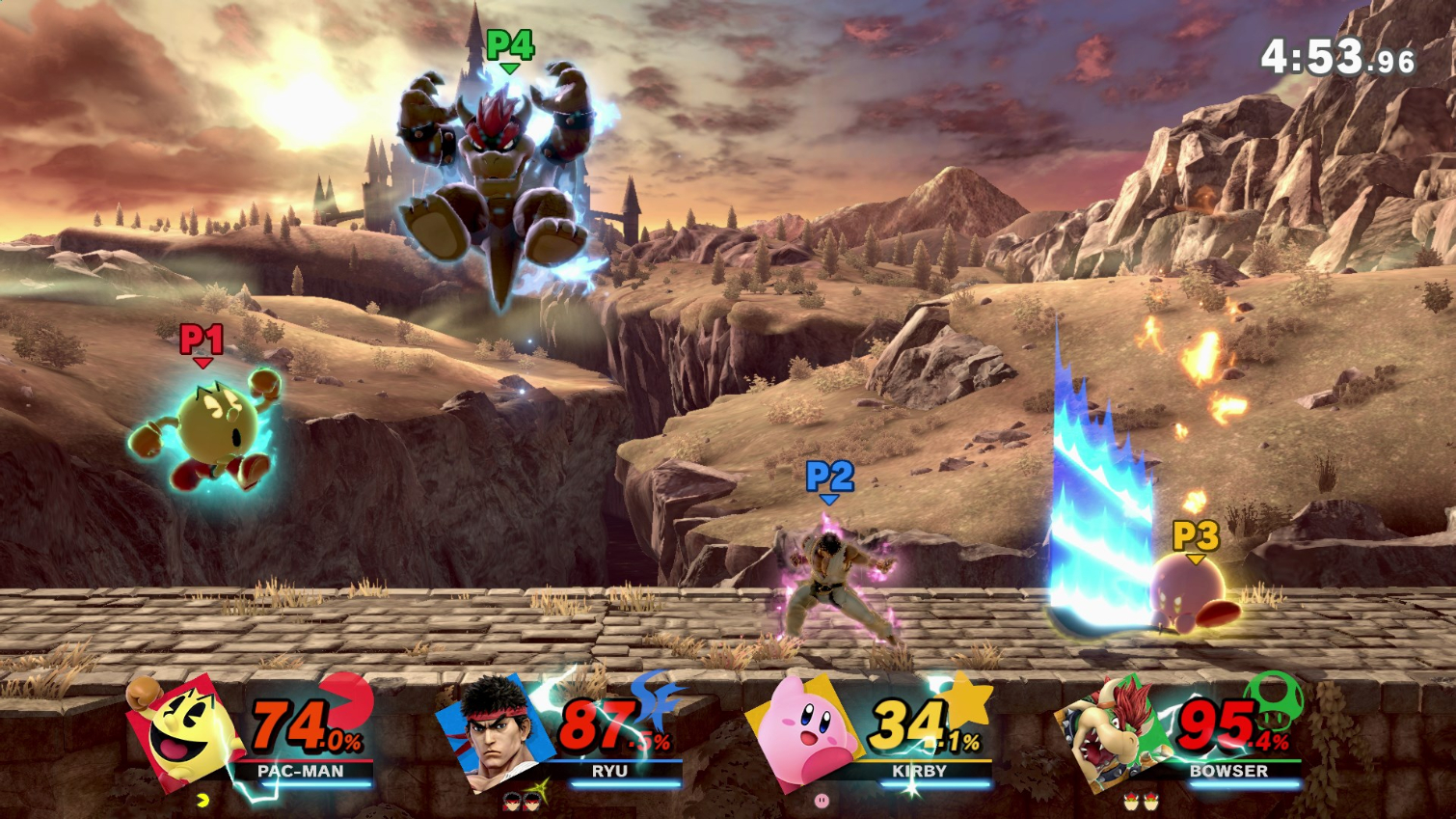
Your basic offensive tools are normal attacks with the A button and special attacks with the B button. Hold in a direction with the left control stick and press either A or B to perform variations of normal and special attacks. Each fighter has their own attacks, but the button inputs are always the same.
Sign up to get the BEST of Tom's Guide direct to your inbox.
Get instant access to breaking news, the hottest reviews, great deals and helpful tips.
The most critical combo is Up on the control stick and B. For most fighters, this will perform a recovery attack that launches you up in the air and is useful for getting back on stage when you get knocked off.
Aside from attacks, you can jump twice while in the air with X or Y, you can block attacks with the ZL and ZR triggers and you can grab opponents with the L and R shoulder buttons.
For Beginners (you've never played a Smash game before)
As a beginner, the very first fighter you should play with is perhaps an obvious pick: Mario! Mario’s attacks and ability to make it back to the stage are uncomplicated and fun. His Up + B special is Super Jump that makes getting back on stage easy. His regular B special is a fireball, which is fun and easy to use repeatedly. And Mario isn’t a big lumbering target like Donkey Kong, nor an easy to knock around lightweight like Kirby.
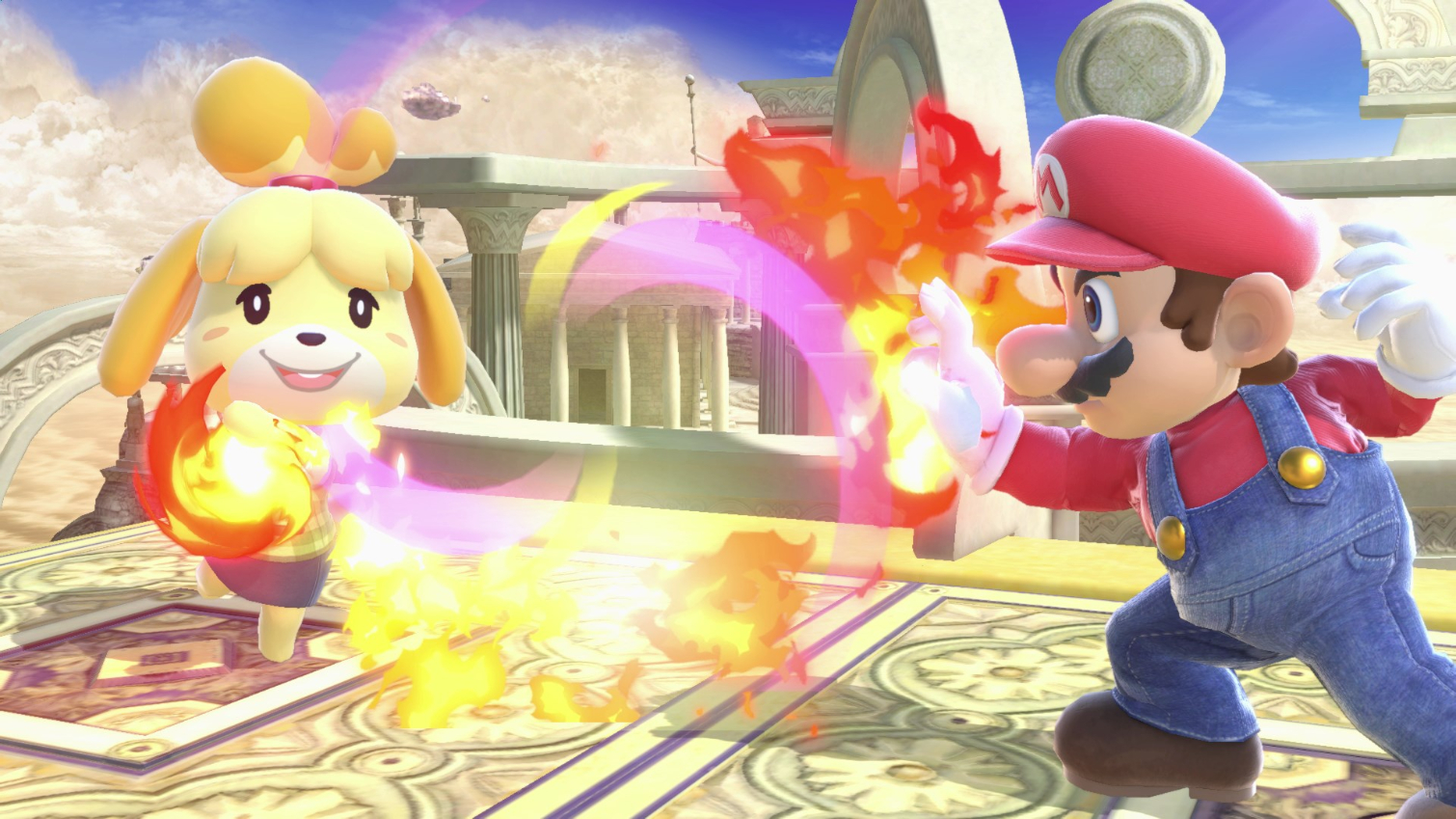
Kirby, despite being light, has multiple mid-air jumps and powerful, fast attacks. It’s super easy to get back on stage and his Copy ability lets you use other fighters' moves. Ganondorf may be big and slow but his attacks cover a wide range, hit extremely hard and he’s especially effective in group matches with three or more players. Let those big sword swings rip in a crowded match and you’re bound to hit someone.
For Smash Fans (you played at least one or two previous Smash games)
You know your way around the basic principles of Smash Bros. and you probably already have some favorite characters you enjoyed playing in multiplayer or single-player in a previous Smash game. If you’re comfortable with an old favorite, Smash Ultimate will see them returning to the fray as no characters were cut from the roster this time around.
If you’re looking for a fighter to step up your game a bit and give your friends something to think about, then try out Link or King K. Rool. Both of them excel at ranged combat and can put people into difficult situations without being too difficult to play.
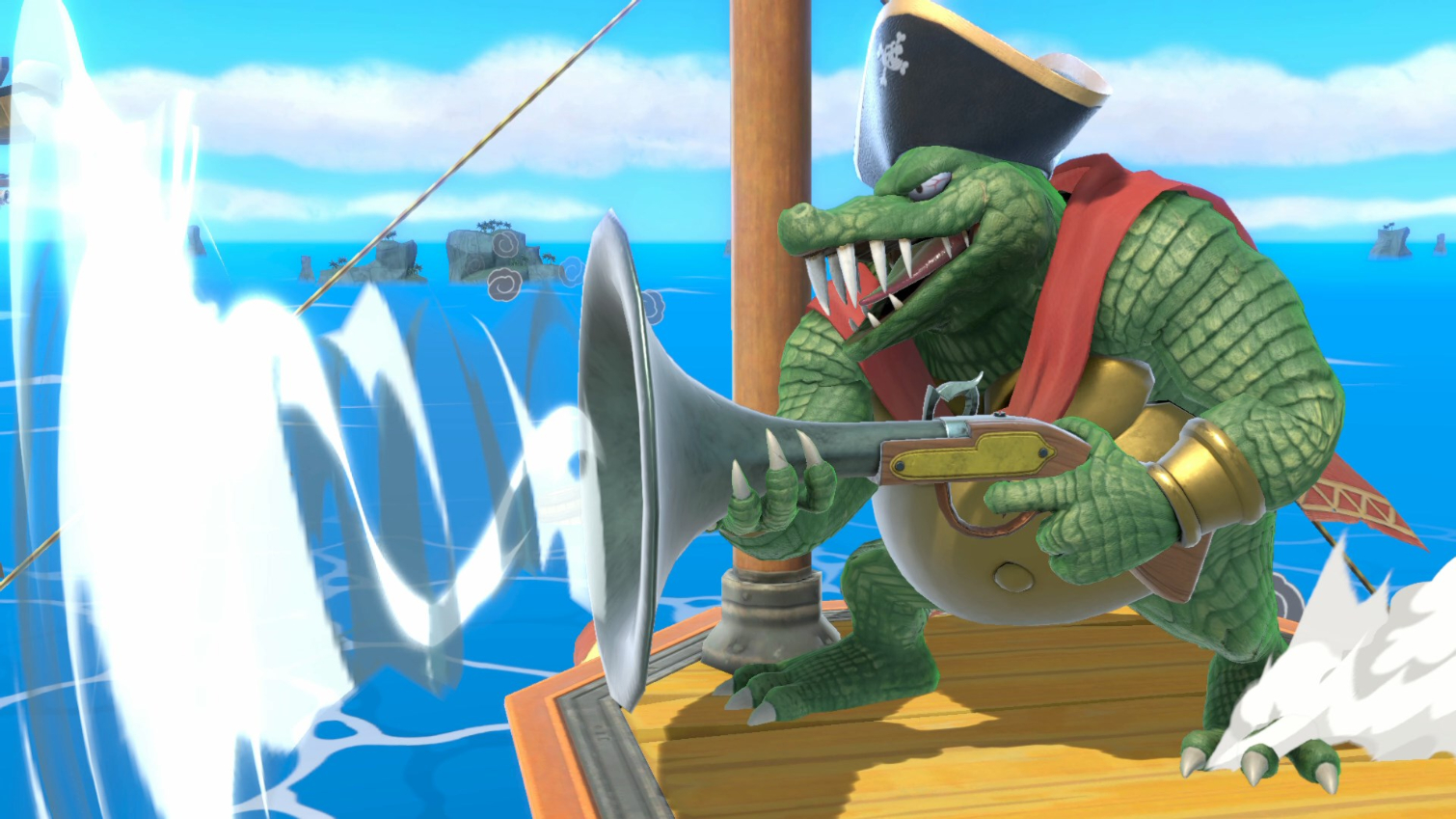
Link has seen big changes since we last saw him in Smash. He still has his boomerang and arrows, but now his bombs are remote-controlled and much stronger. Link is great at keeping his opponents at bay while also being a potent close-quarters sword wielder. While Link’s sword attacks are slow, they also linger and allow you to catch opponents off guard if they tried to dodge or drop their shield too early.
King K. Rool is a heavy hitter, like Ganondorf, but he has two very useful projectiles. He can toss his crown in front of him, a lot like Link’s boomerang, and fire off a cannon ball from a gun that also lets him suck in other projectiles or players if they get too close. If a constant barrage of projectiles isn’t enough, many of his basic attacks make him invulnerable, allowing you to attack often with impunity. Like Link, King K. Rool is good at trapping his opponents in bad positions by hurling things at them then moving in for the kill with any of his powerful melee attacks.
For Competitive Smash Players (you’ve played Smash extensively, and you play to win)
For anyone coming into Smash Ultimate with hundreds or maybe thousands of hours of experience, you’ll want check out the characters that are clearly dominant in terms of movement speed, recovery options and ability to win the neutral game in the middle of the stage.
Characters that are showing early signs of promise include Young Link, Cloud, and Shulk.
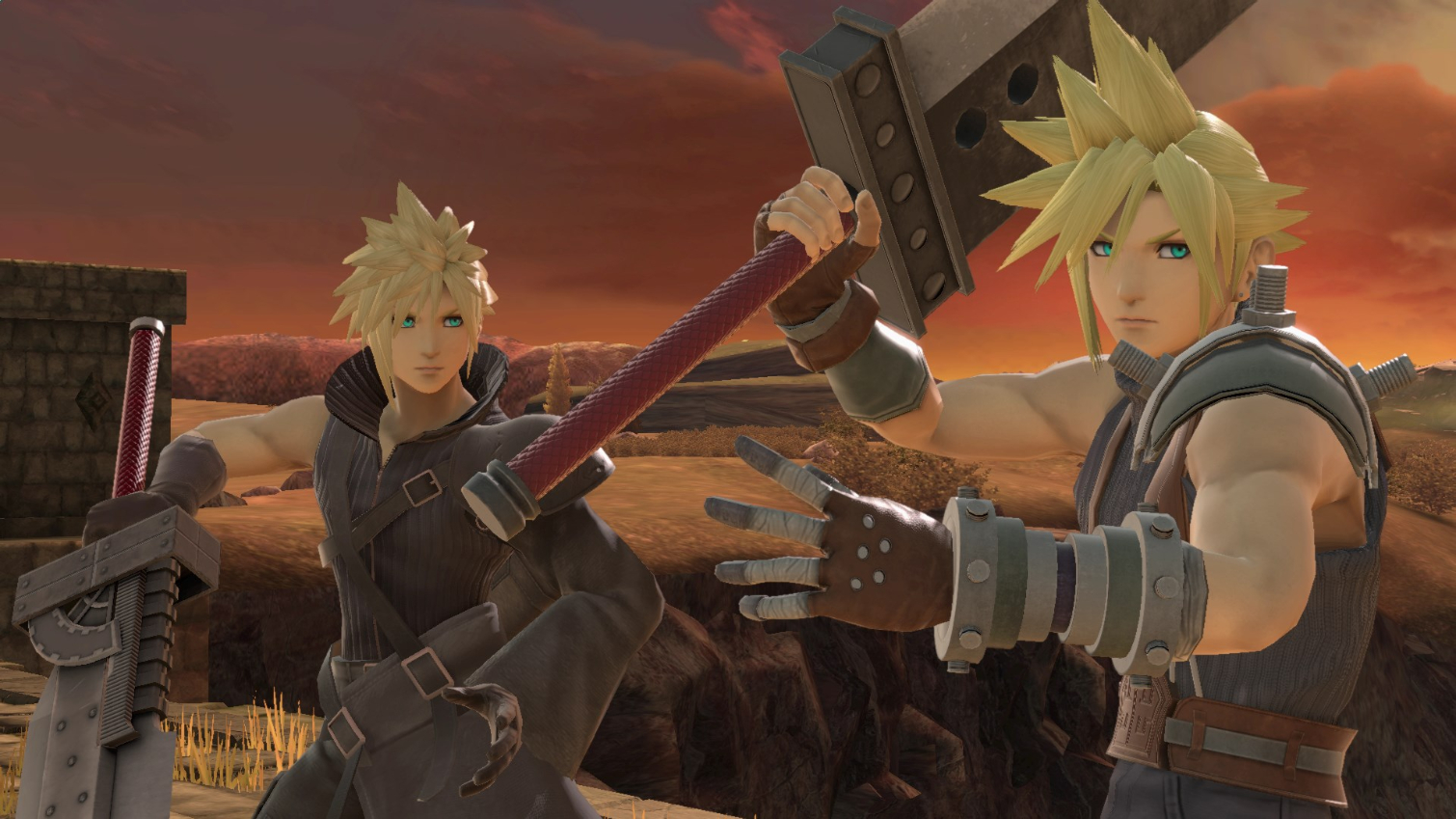
Young Link is similar in many ways to his adult Link counterpart, except he’s faster and a little weaker. This might seem bad, but to a pro these are some standout qualities. Fast and weak hits mean more potential for combos which in the right hands can add up to more damage than big and slow hits from power characters like Ganondorf.
Cloud looks poised to return to a dominant position, having enjoyed that distinction in the previous Smash title on Wii U among top players. Much of his kit remains unchanged, including a big, fast sword and a strong projectile. His Limit Break charges more slowly and now goes away on its own, so he’s not quite as strong as before, but still a very strong pick for Smash veterans.
Shulk has been changed significantly to be a much faster and more dynamic sword user than in Smash for Wii U. His Monado Arts ability can be selected in a radial wheel rather than cycled through, which took time. This allows Shulk to get temporary buffs to his jumps, speed, damage output, knockback or to his defense. Faster switching between Arts now means he can potentially combo between the different modes. In the hands of a master, Shulk could shape up to be a monster.
Andrew Melcon is a freelance writer who specializes in covering games and gaming hardware. He's tackled everything from PC game controllers to Pokémon and PUBG and his work has appeared on sites including Tom's Guide, Tom's Hardware, Laptop Mag, and more.
